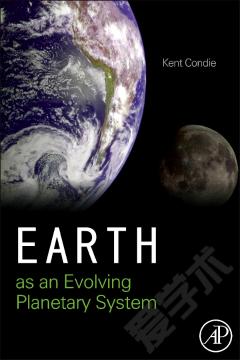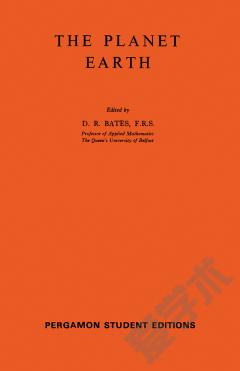Earth as an Evolving Planetary System
Earth as an Evolving Planetary System, Second Edition, explores key topics and questions relating to the evolution of the Earth's crust and mantle over the last four billion years. This updated edition features exciting new information on Earth and planetary evolution and examines how all subsystems in our planet rust, mantle, core, atmosphere, oceans and life ave worked together and changed over time. It synthesizes data from the fields of oceanography, geophysics, planetology, and geochemistry to address Earth evolution. This volume consists of 10 chapters, including two new ones that deal with the Supercontinent Cycle and on Great Events in Earth history. There are also new and updated sections on Earth's thermal history, planetary volcanism, planetary crusts, the onset of plate tectonics, changing composition of the oceans and atmosphere, and paleoclimatic regimes. In addition, the book now includes new tomographic data tracking plume tails into the deep mantle. This book is intended for advanced undergraduate and graduate students in Earth, Atmospheric, and Planetary Sciences, with a basic knowledge of geology, biology, chemistry, and physics. It also may serve as a reference tool for structural geologists and professionals in related disciplines who want to look at the Earth in a broader perspective. Kent Condie's corresponding interactive CD, Plate Tectonics and How the Earth Works, can be purchased from Tasa Graphic Arts here: http://www.tasagraphicarts.com/progptearth.htmlTwo new chapters on the Supercontinent Cycle and on Great Events in Earth historyNew and updated sections on Earth's thermal history, planetary volcanism, planetary crusts, the onset of plate tectonics, changing composition of the oceans and atmosphere, and paleoclimatic regimesAlso new in this Second Edition: the lower mantle and the role of the post-perovskite transition, the role of water in the mantle, new tomographic data tracking plume tails into the deep mantle, Euxinia in Proterozoic oceans, The Hadean, A crustal age gap at 2.4-2.2 Ga, and continental growth
{{comment.content}}








 京公网安备 11010802027623号
京公网安备 11010802027623号